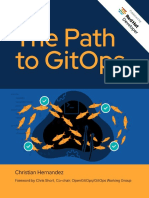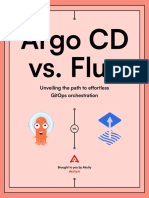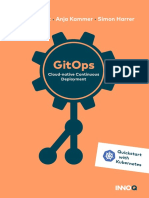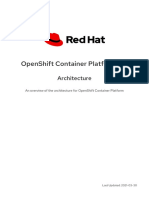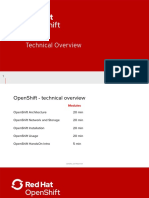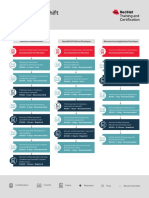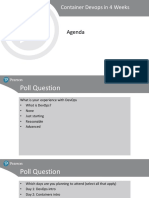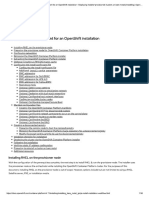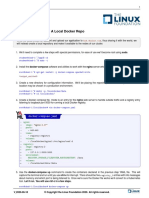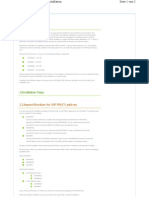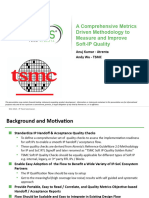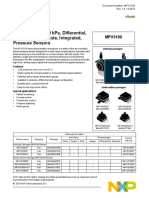0% found this document useful (0 votes)
430 views23 pagesGitOps in OpenShift With ArgoCD and Helm
GitOps is an approach to application delivery and infrastructure management where changes are made to declarative configuration files in a git repository and automated pipelines ensure that the actual environment matches the desired configuration. OpenShift and Kubernetes are well suited for GitOps due to their declarative nature. Tools like ArgoCD and Helm can be used to synchronize environments with git repositories and avoid duplicating configuration files. Helm charts allow packaging Kubernetes manifests and dependencies in a reusable way and support overriding configuration through values files.
Uploaded by
Satyanarayana SureCopyright
© © All Rights Reserved
We take content rights seriously. If you suspect this is your content, claim it here.
Available Formats
Download as PDF, TXT or read online on Scribd
0% found this document useful (0 votes)
430 views23 pagesGitOps in OpenShift With ArgoCD and Helm
GitOps is an approach to application delivery and infrastructure management where changes are made to declarative configuration files in a git repository and automated pipelines ensure that the actual environment matches the desired configuration. OpenShift and Kubernetes are well suited for GitOps due to their declarative nature. Tools like ArgoCD and Helm can be used to synchronize environments with git repositories and avoid duplicating configuration files. Helm charts allow packaging Kubernetes manifests and dependencies in a reusable way and support overriding configuration through values files.
Uploaded by
Satyanarayana SureCopyright
© © All Rights Reserved
We take content rights seriously. If you suspect this is your content, claim it here.
Available Formats
Download as PDF, TXT or read online on Scribd
/ 23






